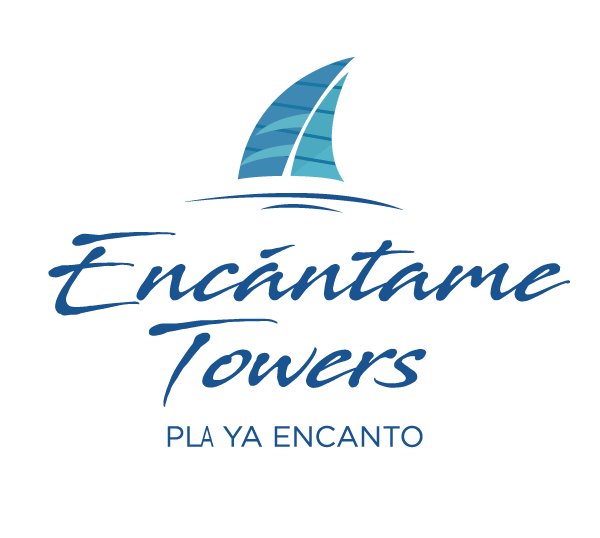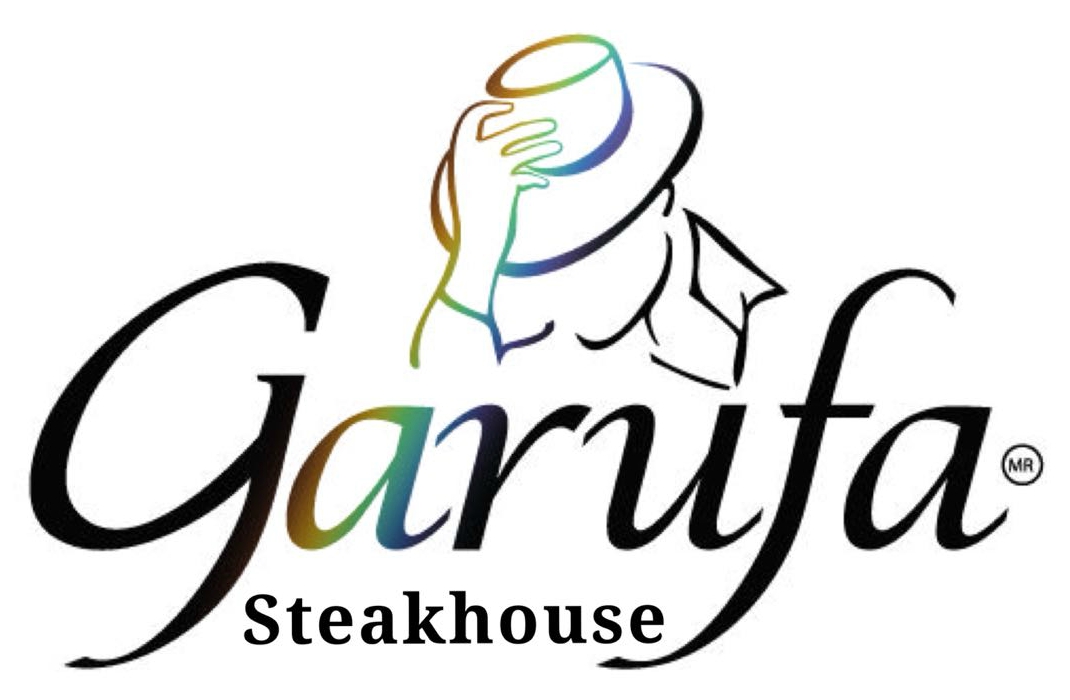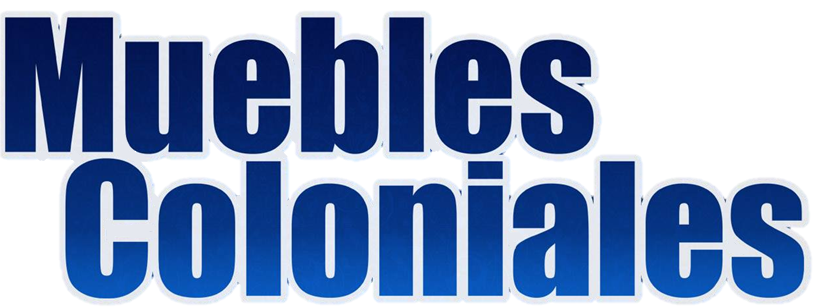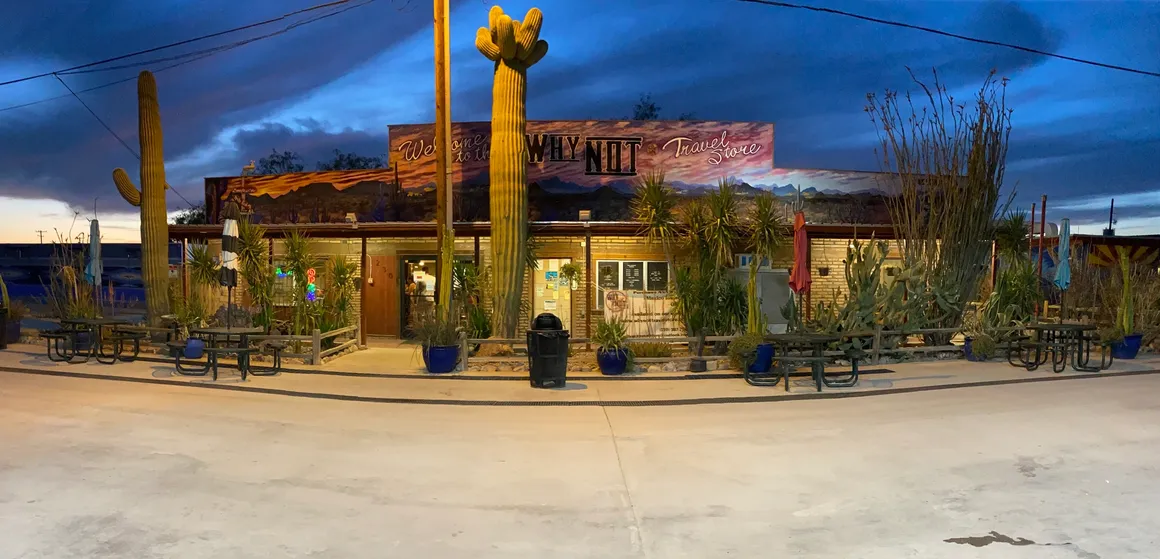I’m perched on the edge of a child’s bright yellow wooden picnic table in the shade of a corrugated metal awning looking out over the Sea of Cortez. If I’m not careful, the table will lose its balance and my computer, and I will topple over backwards into the sand. It is the Fall of 2011, and I am in Cholla Bay, Mexico. It is uncomfortably hot for this late in the year, the sky washed out by the searing sun.
My dad and I are here doing repairs on the 1950’s forty-foot Landola trailer that has been parked here on this sandy hill since I was 7. This old trailer has been around most of my life. These past nights I have slept in one of the bunks I slept in as a child, my sister snuggled in next to me. The mattress folds up around my sides. I wonder if it is the same one my sister and I dreamed on.
The old Landola was my family’s home in Tucson while my dad went to engineering school in the early 60’s. When we first brought her to live in this neighborhood, she was a loud crimson red on the bottom and egg yolk yellow on top. The paint has faded to a washed-out pink and pale lemon. The trailer has curved ends, doors set with round windows and the push out windows of those old-time house trailers. It has always seemed like a doll house to me. Everything inside is miniaturized to fit in its tiny space. The walls and ceilings are paneled in wood, the little galley kitchen painted ocean turquoise. A deuce (table for two) of pale grey 50’s linoleum outlined in chrome to match the chairs, sits in the kitchen. Two bunks line the hallway on the way to a bedroom just large enough to hold a double bed. Hidden cupboards and drawers provide more storage space than many a modern home.
Over the years my family has added everything we need for a stay in Mexico: a small bath house with a water tank and – horrors! – A cold shower; kerosene lamps (electricity has just arrived with unsightly electrical poles – we still like the golden ambiance of the kerosene lamps), patios with Ramada-type roofs, fire pits, beach chairs and a barbecue.
The yard is speckled with collections of shells from decades of beach combing. There are keyhole sand dollars, my favorite; giant pin shells, rare cowries and moon shells; sea mammal bones and clams’ shells in all sizes from larger than your fist to the small ones from the butter clams we devour by the pound. All the treasures are bleached out by the relentless sunshine.
When we come down to Cholla Bay I bring my toothbrush and a bathing suit. That’s all I really need – except, of course, for my computer! On the way down we stop at the first tortillería we pass and then drive on munching on the fresh warm delicacies. The Mexican State of Sonora, in which we are traveling, is world renowned for the high quality of its Sonoran wheat. We take advantage of that fact!
We usually arrive by the light of a moon and diamond bright stars. We plunk down our road-weary bodies in Mexican pigskin and Cholla branch chairs and have contests about who can see the most shooting stars. Some nights the neon bright colors of fireworks join the celestial show. The colorful roman candles and rockets that make giant sparkling flowers floating down from where the rockets pierce the sky are beautiful. Unfortunately, sometimes they’re accompanied by rockets whose sole purpose is to break your ear drums with a horrendous boom.
Typically, we wake to the morning cry of young Ospreys, eat our breakfast and make plans for the day. We are sitting out on the little patio looking out at the endless blue of the sea. We load an ice chest in the car and head back out over the washboard dirt road to town, beloved Puerto Peñasco (Rocky Point). We do the back way on simple streets, past row upon row of flat roofed houses and the markets on every corner. At the Malecon, overlooking the ocean, we make our way past the hawkers holding up shrimp for our inspection. We stop at our favorite fish market, marvel at the variety of fresh fish, the world-famous shrimp, clams, oysters, etc. How do we choose?
At last, with our choices finally made, the fishermen load up the ice chest with shovels full of ice and fresh-off-the-boat good. Next, we head to the grocery store. I love to shop and cook in Mexico. The panadería (bakery) is crammed with gingerbread pigs, cinnamon sugar elephant ears, sweet breads, cakes shaped like shells and cookies colored pink and yellow and green, even fresh donuts filled with cream. It’s clear that Mexican people like their sweets as much as Norte Americanos. You can get a Coca Cola make with real sugar in Mexico, far superior to American Cokes made with beet sugar.
The grocery store is next. We stock up on papayas, poblano chilies, garlic, Mexican limes, tostada chips, the latest hot sauce, tropical fruit and boxes of mango and pineapple juice, fresh cheeses, crema, and homemade coconut candy cooked in dulce de leche.
As you might imagine, our exertions have left us with huge appetites, too hungry to wait until we get back to the Landola to eat. It’s a perfect excuse to stop at the camarones taco stand on the way out of town. For $9.00 US we get more camarones and pescado tacos than we can eat, enough for 4+ people, the shrimp and fish piled high with slaw, salsas and chilies from the salad bar. What a feast! We eat till we can eat no more and head back out to Cholla Bay. Usually we make only one trip to Puerto Peñasco per visit, preferring to stay out in the more secluded and quiet beach community of Cholla Bay.
There is one rowdy place on the bay – JJ’s Cantina. I always tell people that it was named after me, though I am really not a bar type and rarely go in there. However, I love their slogan emblazoned on the metal license plates, signs and tee shirts that they sell; “No Sniveling”, JJ’s Cantina, Cholla Bay, Mexico.
JJ’s goes wild in the spring for the bathtub races out across the sand flats of Cholla Bay. The bay is home to the second highest tide in the world, second only to the Bay of Fundy in Nova Scotia, Canada. When the tide is out you can walk for miles out across the flats to the rapidly receding sea. At the highest tides of the year, on the vernal equinoxes, the sea recedes out over the dark mud carving small rivers that expose sand dollars and shells. At the far edge of the tide, tidal shelves rise up. They are the hiding place for giant crabs. The tide goes so far out it can take an hour of solid walking to reach the waves.
This morning at the new café in the little town, we ate a breakfast of chile rellenos, as my dad recounts his first trip to this once sleepy fishing spot in the sand dunes west of Rocky Point. I remember the glaring Cancun style high rise condos we passed yesterday on the beach between here and Rocky Point. My dad tells his story of a more remote and undiscovered time and place: “It was 1963 and I came to fish here in the Sea of Cortez with friends from work. We rented a panga with a guide and went out into the turquoise bay. Immediately we began to catch fish. It was fantastic. We caught fish after fish. Then the guide laughed and told us we were only catching baitfish! The real fishing had not begun.”
I find myself thinking of how things change. Cholla Bay, up until the 70’s —before years of unsustainable fishing practices —was considered one of the premier sport fishing spots in the world. Its position at the top of the fertile Gulf of California made it home to an amazing array of game fish. It wasn’t uncommon for fishermen to catch 400-pound black sea bass. The pictures of the exultant fishermen with their magnificent trophies still grace the walls at JJ’s Cantina. The bar now looks out on an over-fished bay.
I remember the rocks along the shore below our trailer completely encrusted with living sea life. The tide pools and rocky outcroppings teemed with baby octopi and star fish, sea hares and crabs, mussels and clams, the discoveries in the pools went on and on. Most visits these days I find the tide pools are devoid of life.
There is a little hope. There is a wonderful facility just east of town, CEDO, Centro Intercultural para el Estudio de los Desiertos y Oceanos, aka the Intercultural Center for the Study of Deserts and Oceans, where they are working to research and educate visitors, local people and fishermen on how to sustainably live and fish in the rare ocean bio-zone of the Sea of Cortez. It is inspiring to see the eyes of the local school children light up as they learn about the sea next to which they make their home – how unique it is in the world. CEDO’s is crucial work to redirect the energy of the local people into stewardship and conservation of this treasure.
I come out of my reverie and hear my dad telling more of his story. “We caught more than enough fish to keep us happy for the remainder of the trip. All we ate was fish and tortillas, washed down with the great Mexican beer and tequila.” He laughs. “The best part was that the guide cleaned and filleted all the fish. Such luxuries. I decided to figure out how to have a place in Mexico at the beach. The Landola was the answer!”
Today our humble little trailer is dwarfed by all the fancy, two- and three-story beach houses of our American gringo neighbors. It really is amazing that our trailer is still here exactly where she was set up on the sandy hillside in 1965. I vividly remember that trip to Mexico. It was not my first, but it was the most exciting.
We drove down from Phoenix to Tucson in Grandpa Joe’s old blue GMC work truck. That same truck still sits in the yard by my house in Flagstaff, right next to the old box car. In Tucson we hooked up the 40’ trailer, the truck dwarfed by the trailer. We set out, hauling the enormous load into the dark. The plan was to stop near the Mexican border town of Sonoita for the night and be one of the first to cross over when the border re-opened at 6am. My dad figured that the border officials would be sleepy and not notice the trailer. He is ever the optimist. It worked; we sailed through the international crossing without so much as a sideways glance from the sleepy guards…
It really is amazing that with that old truck that we got here at all. But we did. And, we have been coming here many times a year ever since.
Things have changed, but, in some ways once I drop into the old low chair on the beach, I am still a little girl. Although there aren’t any large shells on the beach any more, I can still spend a happy day just as I did as a child, making mosaics in the sand out of whatever I find on the beach: Little chunks and shards of polished, bright colored beach glass in shades of ocean green, turquoise and the rarest a bright cobalt blue, along with the more common white; tiny shells and other little treasures, find their way into beach scenes and geometric designs. When we were kids we made an infinite number of sandcastles, spending hours getting them just right, always hoping that the tide would not come to wash them away. As I make my beach mosaics now part of me still hopes they will be here when I return weeks or months from now. As is the way of the ocean tides, they never are.
Today I swam in the tranquil turquoise water of the bay, floating, daydreaming and remembering this carefree feeling from the days of my childhood. I told my dad that the only thing that could make it any more perfect would be for the dolphins to swim by. Guess what? They soon did. Tonight, we’ll eat clams; yesterday it was camarones: who knows what delights await for the morrow. Despite the difficulties being experienced in many areas of Mexico, the violence and uncertainty does not seem to have disturbed the tranquility of Cholla Bay. Ah, the magic of this little sheltered place in Mexico where you can still live happily on fish, tortillas and beer. The only down side is having to go home – ever.


























